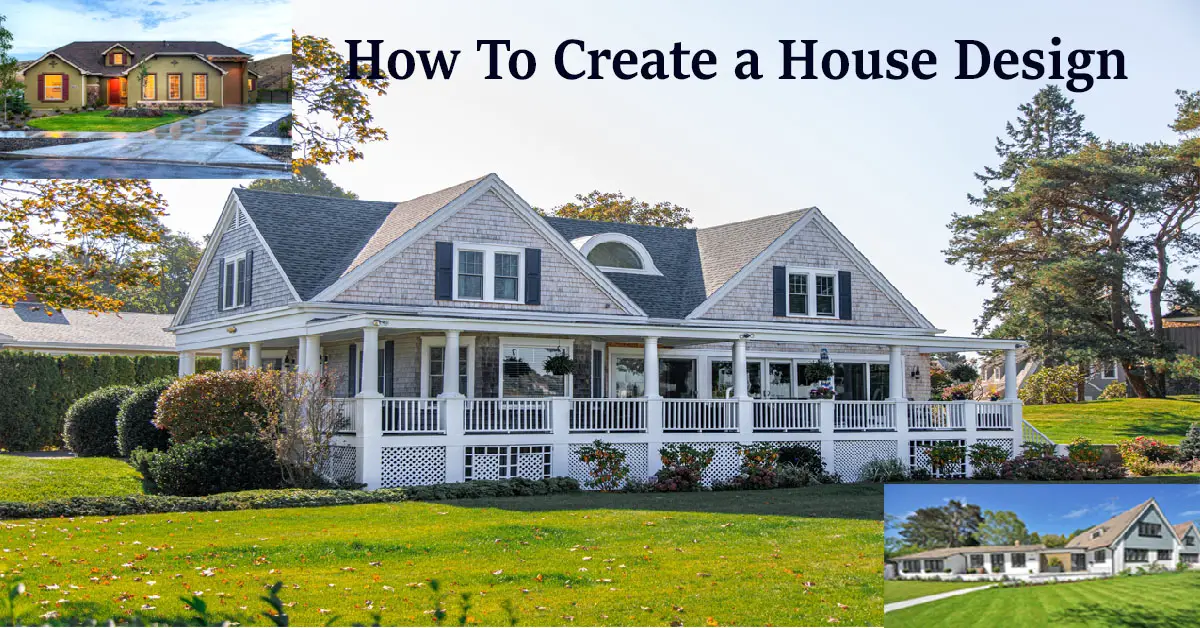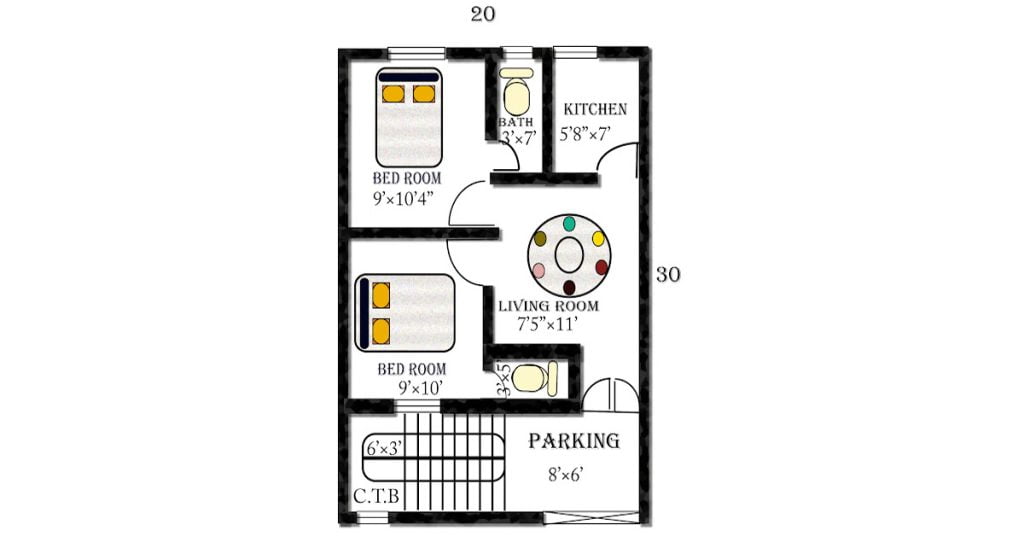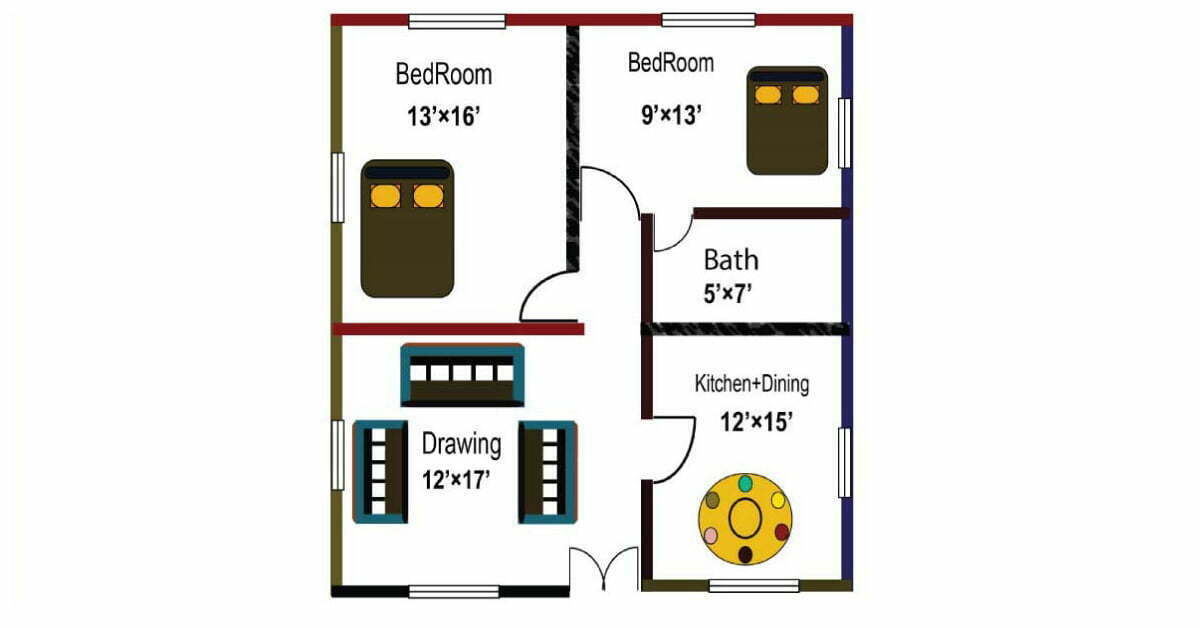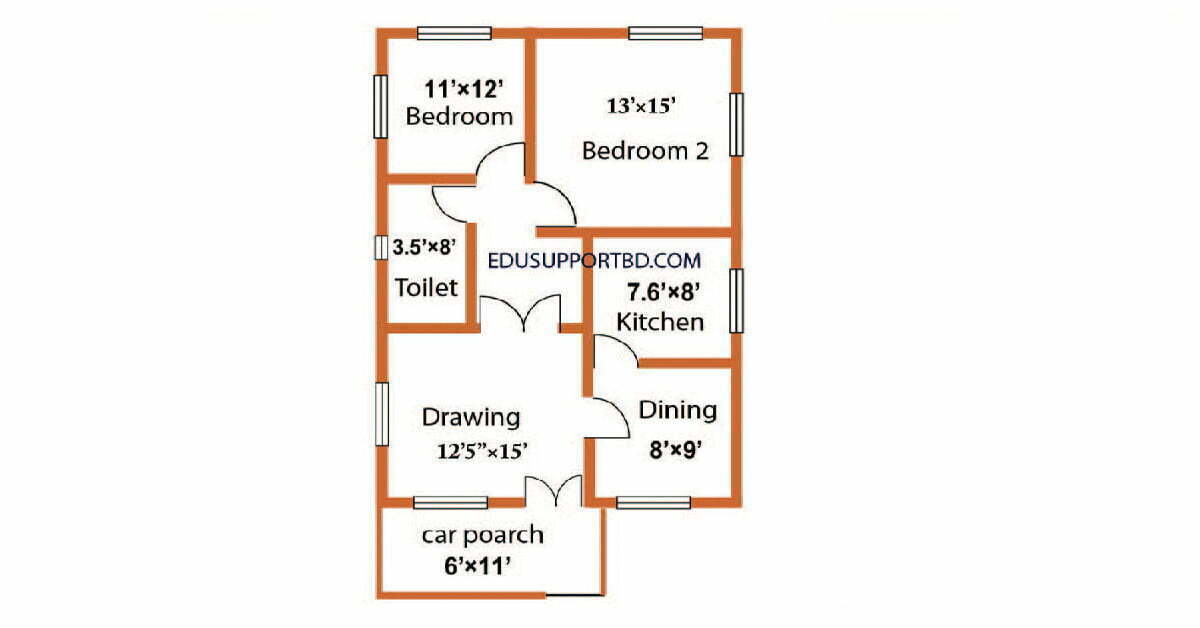AUTOCAD DESIGN
How to Create a House Design.

How to Create a House Design.
Designing a house is a multifaceted and exciting process that involves combining functionality, aesthetics, and personal preferences to create a space that reflects your lifestyle. Whether you’re working with an architect or taking on the project yourself, here’s a comprehensive guide on how to create a house design.
- Define Your Needs and Lifestyle:
Begin by identifying your needs and lifestyle. Consider the number of people who will live in the house, their ages, and any specific requirements they may have. Think about your daily routines, hobbies, and how you envision using different spaces within the house.
- Establish a Budget:
Setting a realistic budget is crucial in the design process. It will guide your decisions on materials, size, and overall complexity. Be sure to account for potential unforeseen expenses and leave some room for flexibility.
- Research and Inspiration:
Gather inspiration from various sources such as architectural magazines, websites, and social media platforms. Create a mood board with images and colors and textures that resonate with your vision. This will help you communicate your ideas to the professional’s involved in the project.
- Choose a Style:
Selecting a design style will set the tone for your entire house. Whether it’s modern, traditional, minimalist, or eclectic, make sure the chosen style aligns with your preferences and the functionality you require.

- Site Analysis:
Conduct a thorough analysis of your building site. Consider factors such as topography, climate, and orientation to optimize natural light and energy efficiency. This analysis will inform decisions about the placement and layout of your house.
- Functional Layout:
Create a functional layout by defining the purpose of each room and their relationships to one another. Consider traffic flow, privacy, and the potential for expansion in the future. Balance openness with privacy to create a comfortable and practical living environment.
- Sustainable Design:
Integrate sustainable design principles to minimize environmental impact. This can include energy-efficient appliances, renewable materials, and passive heating and cooling strategies. Sustainable design not only benefits the environment but can also reduce long-term operating costs.
- Exterior Design:
Pay attention to the exterior design, as it creates the first impression of your house. Consider architectural elements, materials, and landscaping. Ensure that the exterior design complements the surrounding environment and aligns with your chosen style.
- Interior Design:
Focus on interior details, including flooring, wall finishes, lighting, and fixtures. Harmonize color schemes and textures to create a cohesive and inviting atmosphere. Think about the functionality of each space and how furniture will be arranged.
- Flexibility and Adaptability:
Design your house with flexibility and adaptability in mind. Life circumstances can change, so having a space that can easily adapt to different needs over time is essential. Consider multifunctional spaces and storage solutions to maximize usability.
- Engage Professionals:
Consider working with professionals like architects, interior designers, and contractors. Their expertise can bring your vision to life and ensure that the design is both aesthetically pleasing and structurally sound. Collaborate closely with them throughout the entire process.
- Regular Review and Adjustments:
Regularly review the design and be open to adjustments. As the project progresses, new insights may arise, and adjustments may be necessary. Keep the lines of communication open with your design team to ensure that the final result aligns with your vision.
- Building Codes and Permits:
Familiarize yourself with local building codes and regulations. Obtain the necessary permits before starting construction to avoid legal complications. Compliance with these regulations is essential for the safety and longevity of your house.
- Quality Over Quantity:
Prioritize quality over quantity in your design choices. Invest in durable materials and construction methods to ensure the longevity of your house. Quality materials may have a higher upfront cost, but they often result in lower maintenance expenses in the long run.
Create a House Design
In conclusion, creating a house design is a comprehensive process that involves careful planning, collaboration with professionals, and a clear understanding of your needs and preferences. By following these steps, you can ensure that your house not only meets your immediate needs but also provides a comfortable and adaptable living space for years to come.




